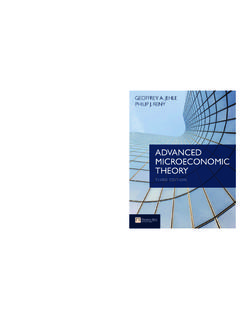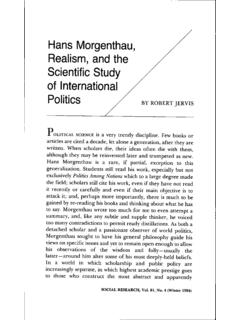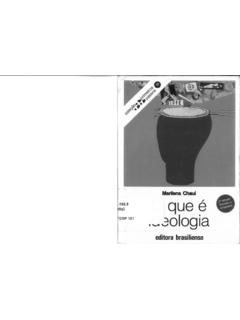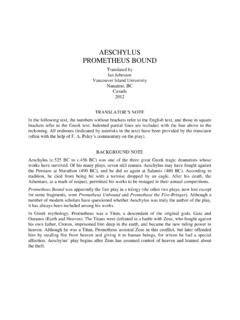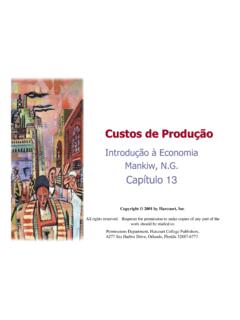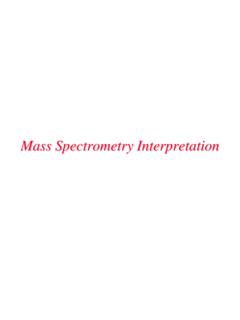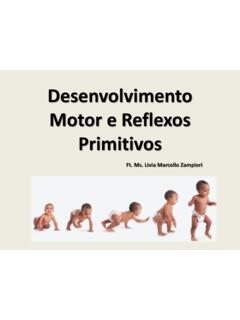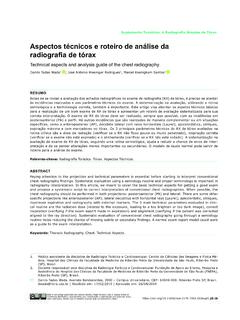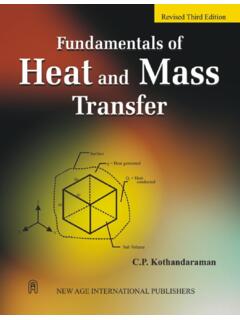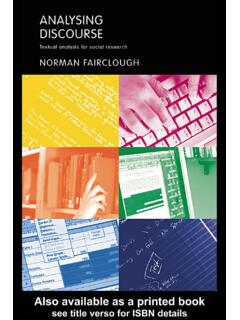Transcription of 440.2R-08 Guide for the Design and Construction of Externally …
1 ACI by ACI Committee 440 Guide for the Design and Constructionof Externally Bonded FRP Systemsfor Strengthening concrete StructuresGuide for the Design and Construction of Externally Bonded FRP Systemsfor Strengthening concrete StructuresFirst Printing July 2008 ISBN 978-0-87031-285-4 American concrete Institute Advancing concrete knowledgeCopyright by the American concrete Institute, Farmington Hills, MI. All rights reserved. This materialmay not be reproduced or copied, in whole or part, in any printed, mechanical, electronic, film, or otherdistribution and storage media, without the written consent of technical committees responsible for ACI committee reports and standards strive to avoid ambiguities,omissions, and errors in these documents.
2 In spite of these efforts, the users of ACI documents occasionallyfind information or requirements that may be subject to more than one interpretation or may beincomplete or incorrect. Users who have suggestions for the improvement of ACI documents arerequested to contact ACI. Proper use of this document includes periodically checking for errata for the most up-to-date committee documents are intended for the use of individuals who are competent to evaluate thesignificance and limitations of its content and recommendations and who will accept responsibility for theapplication of the material it contains.
3 Individuals who use this publication in any way assume all risk andaccept total responsibility for the application and use of this information in this publication is provided as is without warranty of any kind, either express or implied,including but not limited to, the implied warranties of merchantability, fitness for a particular purpose and its members disclaim liability for damages of any kind, including any special, indirect, incidental,or consequential damages, including without limitation, lost revenues or lost profits, which may resultfrom the use of this is the responsibility of the user of this document to establish health and safety practices appropriate tothe specific circumstances involved with its use.
4 ACI does not make any representations with regard tohealth and safety issues and the use of this document. The user must determine the applicability of allregulatory limitations before applying the document and must comply with all applicable laws and regulations,including but not limited to, United States Occupational Safety and Health Administration (OSHA) healthand safety information: ACI documents are available in print, by download, on CD-ROM, through electronicsubscription, or reprint and may be obtained by contacting ACI standards and committee reports are gathered together in the annually revised ACI Manual ofConcrete Practice (MCP).
5 American concrete Institute38800 Country Club DriveFarmington Hills, MI :248-848-3700 supersedes ACI and was adopted and published July 2008, American concrete rights reserved including rights of reproduction and use in any form or by anymeans, including the making of copies by any photo process, or by electronic ormechanical device, printed, written, or oral, or recording for sound or visual reproductionor for use in any knowledge or retrieval system or device, unless permission in writingis obtained from the copyright proprietors.
6 Committee Reports, Guides, Standard Practices, andCommentaries are intended for guidance in planning,designing, executing, and inspecting Construction . Thisdocument is intended for the use of individuals who arecompetent to evaluate the significance and limitations of itscontent and recommendations and who will acceptresponsibility for the application of the material it American concrete Institute disclaims any and allresponsibility for the stated principles.
7 The Institute shall notbe liable for any loss or damage arising to this document shall not be made in contractdocuments. If items found in this document are desired by theArchitect/Engineer to be a part of the contract documents, theyshall be restated in mandatory language for incorporation bythe for the Design and Construction of Externally Bonded FRP Systems for Strengthening concrete StructuresFiber- reinforced polymer (FRP) systems for strengthening concrete structuresare an alternative to traditional strengthening techniques, such as steelplate bonding, section enlargement, and external post-tensioning.
8 FRPstrengthening systems use FRP composite materials as supplementalexternally bonded reinforcement. FRP systems offer advantages overtraditional strengthening techniques: they are lightweight, relatively easyto install, and are noncorrosive. Due to the characteristics of FRP materials aswell as the behavior of members strengthened with FRP, specific guidanceon the use of these systems is needed. This document offers general infor-mation on the history and use of FRP strengthening systems; a descriptionof the unique material properties of FRP; and committee recommendationson the engineering, Construction , and inspection of FRP systems used tostrengthen concrete structures.
9 The proposed guidelines are based on theknowledge gained from experimental research, analytical work, and fieldapplications of FRP systems used to strengthen concrete : aramid fibers; bridges; buildings; carbon fibers; concrete ;corrosion; crack widths; cracking; cyclic loading; deflection; developmentlength; earthquake-resistant; fatigue; fiber- reinforced polymers; flexure;shear; stress; structural analysis; structural Design ; 1 GENERALC hapter 1 Introduction and scope, p. IntroductionTarek Alkhrdaji*Russell GentryJames G.
10 KorffAndrea ProtaCharles E. BakisJanos GergelyMichael W. LeeHayder A. RasheedLawrence C. BankWilliam J. GoldMaria Lopez de MurphySami H. RizkallaAbdeldjelil BelarbiNabil F. GraceIbrahim M. MahfouzMorris SchupackBrahim BenmokraneMark F. GreenOrange S. MarshallRajan SenLuke A. BisbyZareh B. GregorianAmir MirmiranKhaled A. Soudki*Gregg J. BlaszakDoug D. GremelAyman S. MosallamSamuel A. Steere, IIIT imothy E. BradberryShawn P. GrossJohn J. MyersGamil S. TadrosGordon L. Brown, R. Trey Hamilton, IIIA ntonio NanniJay ThomasVicki L. BrownIssam E. HarikKenneth NealeHoussam A.
